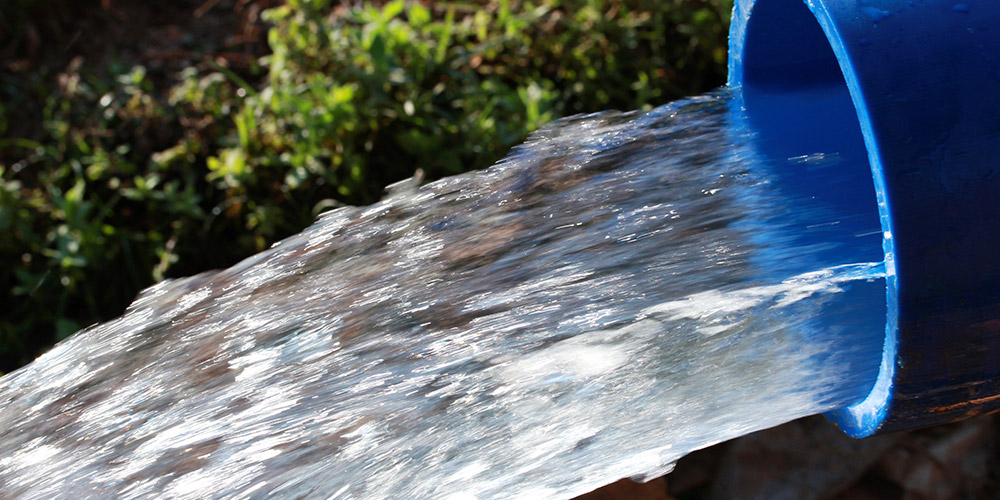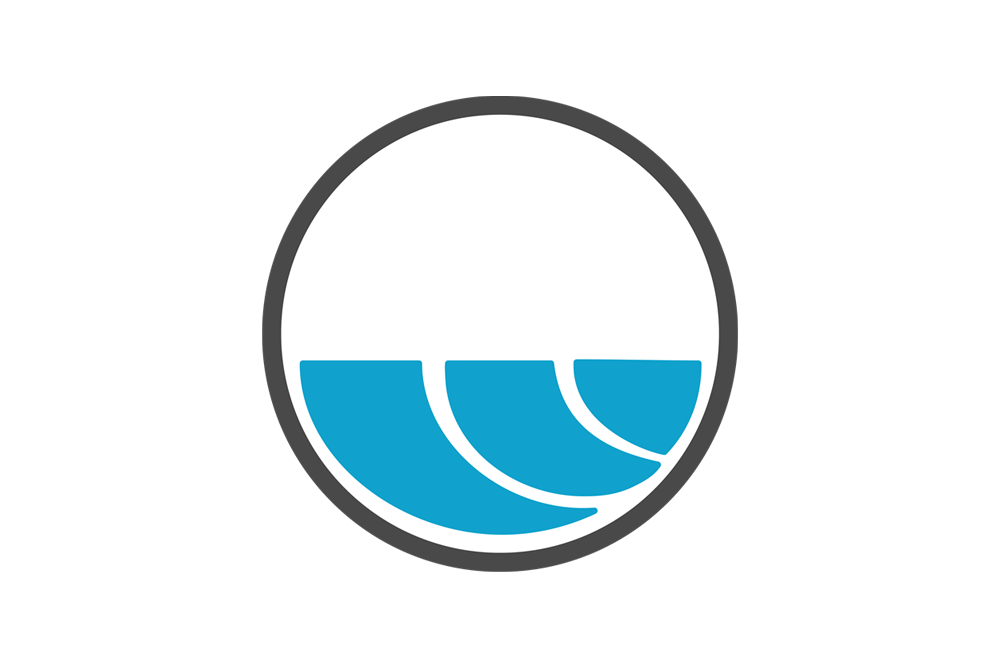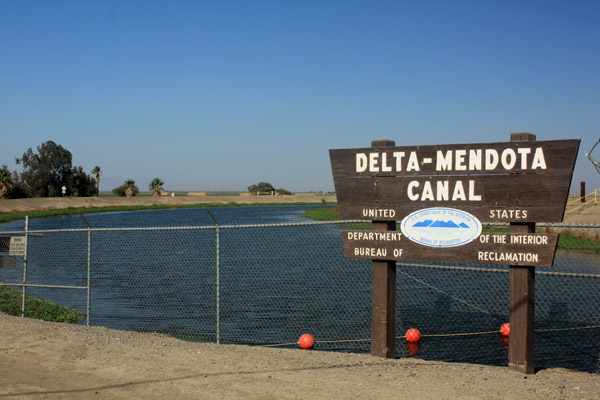The Exchange Contractors board of directors met at its headquarters in Los Banos on Friday, March 2, 2018. It was raining for the entire drive and you most likely know we need it. Before the meeting began it was interesting to hear about Columbia Canal Company General Manager Randy Houk’s visit to China. He said the Terra Cota Army is bigger than expected. If I heard him correctly it’s more than 20 acres of statues. They were built in the seventh century and in 1972 some Chinese farmer was digging a well for his pomegranate orchard and found them.
The new Ex Con order is to hold the San Joaquin River Exchange Contractors Groundwater Sustainability Agency meeting before the regular Ex Con board meeting. The players are pretty much interchangeable. Chairman Jim O’Banion, Central California Irrigation District called the meeting to order at 8:00 am and John Beam, Grasslands Water District led the flag salute. The minutes were approved and during public comment Sal Alhomedi of Self Help Enterprises introduced himself offering to help with public outreach. Consulting attorney Dave Cory said Self Help has been a helpful ally in the Central Valley Salts program.
The Ex Con GSA board approved the financial reports and the board agreed to join the ACWA JPIA insurance plan. CCID Engineer Jarret Martin gave an update on the actual work being done. The grant money is beginning to flow and the Ex Con GSA is getting some funding for its GSP preparation. The ECGSA has also entered into agreements with various cities within its boundaries to represent them on GSMA issues. And that was the end of that.
Next the regular Ex Con meeting began at 8:15 am. There were no changes to the agenda, the minutes were approved, there were no public comments and the board approved the February 2018 expenditures. Executive Director Steve Chedester explained Ex Con had to cover some wheeling expense at $14 per acre foot for a large chunk of change. This had to do with some water fees resulting from San Luis Delta Mendota Water Agency expenses. This was approved and the finance committee reports were presented by Chedester and the board approved them as well.
Water Master Adam Hoffman gave his report and said Ex Con demands have dropped by half to 1,000 cfs daily since the middle of February. The US Bureau of Reclamation has bumped up releases at Friant Dam, a portion of which has been passed through the Mendota Pool to Sac Dam. The federal Jones Plant is only pumping one unit and turned on a second unit at midnight last night. Shasta Dam gained 60,000 a/f during February. Yesterday was the first day there was any significant rain at Shasta in a month. The inflow for February was only about half of what was expected. DWR has been reducing its runoff forecasts but it may have to increase them considering this storm and hopefully the storm predicted for next week. The federal portion of San Luis Reservoir dropped 135,000 a/f and the state’s portion dropped by 60,000 a/f during February. Pumping dropped off at the middle of the month both state and feds. This storm looks like it will add four feet of snow. There’s another storm coming in expected to be a bit warmer than this current storm. Snow levels are at 2,500 feet elevation.Next the regular Ex Con meeting began at 8:15 am. There were no changes to the agenda, the minutes were approved, there were no public comments and the board approved the February 2018 expenditures. Executive Director Steve Chedester explained Ex Con had to cover some wheeling expense at $14 per acre foot for a large chunk of change. This had to do with some water fees resulting from San Luis Delta Mendota Water Agency expenses. This was approved and the finance committee reports were presented by Chedester and the board approved them as well.
Next Chedester gave his report saying under Bay Delta issues there is no settlement agreement. The Bureau has been told by CVP contractors the members and the government are not coordinated. The first meeting was last month and there was a presentation from the Sacramento Valley Settlement Contractors. There is a need to do more analysis and keep each other informed before months go by and something gets spooled up and becomes difficult to undo. This is a good way to start the cooperation needed between the San Joaquin and Sacramento Valleys. The Water Fix has been reduced to one tunnel, unless it is still two tunnels. He said he met with Brenda Berman, the new Bureau Commissioner. She asked if the Bureau should stay engaged with the Water Fix or get out. The unanimous response from Valley CVP contractors was for the Bureau to stay engaged. There have been significant changes in the Bureau’s leadership. This has left a bit of a vacuum in the SJR restoration project. This has interrupted the cost analysis – it’s costing more and there is less finance available. For instance the fish screens are being moved to the end of the timeline when the infrastructure has been installed up front. There was a meeting about this at the USBR HQ in Denver last week. It looks like the Bureau is taking it serious but there was no one representing the impacted stakeholders at that meeting. The funding is at issue. Senator Diane Feinstein wants a meeting in Washington DC with all the players present. Director Jim Nickel, San Luis Canal Company felt this would be premature without coordinating with Friant.
Chedester further reported responses to the California Water Commission scoring of the Temperance Flat’s public benefit ratio was limited to a 20-page letter. This letter could have attachments. The appeal was submitted and the CWC will give a revised score in April. If that sucks there is a chance to appeal to the CWC board directly. Chedester also said, if hope I get this correct, the San Joaquin Valley Water Infrastructure JPA that pushed the Prop One grant application may not be the best vehicle to deal with building the actual dam. Ex Con, Friant Water Authority and the San Luis Delta Mendota Water Authority have met to discuss this. This has yet to yield any definite agreement but progress is being made in the exchange of ideas.
On a recent trip to DC Ex Con, Westlands and Friant (and maybe others, I don’t know) met with Senator Feinstein. She wasn’t happy with the contractors support of a bill in the House that I believe would help add permanence to portions of the WINN Act. He also met with Austin Ewell from the Department of Interior. Chedester said Ewell brought some key staff to the meeting and it went well.
An update of the Water Transfer Committee was given. Chris White, GM CCID said in a nut shell there was a meeting and everyone lived through it. Chedester said the committee keep 80,000 a/f in the agreement pending a non-critical designation later in the year. If there is a critical designation, things change, but if not the Bureau and SLDM will be notified. This passed as did a 5,000 a/f transfer from SLCC to Panoche WD and 3,000 a/f from Firebaugh Canal WD to Panoche WD.
White gave a report on the subsidence situation in the Red Top area. He said consultants are developing a plan for pumping in the newly developed 25,000 acre Triangle Water District. In the El Nido area to the north, growers are organizing to come up with a solution.
Provost & Pritchard engineer Rick Iger gave an update on the Ex Con water resources plan. Iger said the Orestemba Creek Project awarded a contract for a 20-acre recharge pond to be used for testing. He said the biological survey has been completed and there no little beasties in harms way. If there is water available the goal is to test the ponds in May and June. Also a well and pipeline from the ponds to the Delta Mendota Canal has to be constructed. There are grant applications and some federal funding lined up. White took a look at the costs saying there may be better ways to utilize the project and get on a more favorable financial position. He said instead of using this facility as just an emergency water bank as opposed to a more active utilization with other parties. Iger presented some figures with and without grant funding and other capitalization and operation variable. It was in depth.
Cory gave his report on what the State and Regional Water Boards are up to. He said there changes at the 11th hour on the East Side Order with 30-days to challenge the order. He expects a great deal of legal challenges as it is one of those one-size fits all. The coalitions formed to deal with the Irrigated Lands Program have some decisions to make in how they will be involved in the legal challenges. There will be more paperwork required of growers and growers will be required to get extra education. Parcels with wells enrolled in the program will have to be tested starting next year. The coalitions will be required to develop a nitrogen protection plan by township, 36-square miles. There is a great deal of political pressure against nitrogen in groundwater. The danger to producing crops is salt build up. The CV Salts program was developed to prevent the Central Valley from going the way of ancient Mesopotamia. But somewhere along the way the state became afraid it would be on the hook for paying for groundwater cleanup. By using the catch phrases of social and environmental justice the state is successfully shifting the onus on private property owners. How dangerous is nitrogen in the groundwater? It can cause a lot of problem for babies in utero if the amounts are too high. Nitrogen comes mostly from fertilizer if I understand correctly.
Chedester gave the legislation report saying the budget request from President Donald Trump for the 2019 SJR restoration was submitted. It isn’t enough to finish the program. Friant division contractors paid off one of their federal debts and that money is being held for SJR restoration. On the federal side some environmental review streamlining may be possible.
Attorney Paul Minasian said there will be a great deal of talk in closed session. He said State Board backed down from its position on domestic water use. The State Board has some room to clamp down on certain usage without a hearing; i.e. not allowing waitresses to bring water without being asked, etc. A judge ruled the State Board can’t make some of these decisions without a hearing. The court also said the State Board must hold a hearing before curtailing any riparian or pre-1914 water rights. This could be progress in slowing down the State Board’s power grab. There is still the danger the legislature could bugger everything up. It is also apparent the state will ask for the bigger 9,000 cfs permit for the tunnel project instead of a smaller, scaled back project. He said in closed session he’d like to discuss this further. Having more capacity in the project could be good for Ex Con. He said Governor Jerry Brown’s position on through Delta Flows is being shouted into a pillow, no one knows.
The four manager’s report started with Jeff Bryant, GM FCWD who said it’s been a typical February with construction problems finished. John Wiersma, GM SLCC said work on the Sac Dam design and permitting work is moving forward. The annual meeting will be next month and he’s delivering 300 cfs. He expects the current rain to reduce demands. Houk said he rain 11-days of frost protection but nothing besides that. White said it is a typical dry spring scenario, running water with demands dropping with the rain. There will be annual CCID meeting this month also to inform the constituents. Bryant said he had a grower meeting back in the fall about drainage and a Prop 218 election and that counted for credit under one of the state required meetings and that could apply to the other meetings being held.
Chedester said on March 14th there will be a Water Education Foundation tour. There will be a board workshop on staff and a Mendota Pool Group meeting this month. He’ll also be speaking with SLDMWA’s Francis Mizuno about transfers. The meeting then went into closed session.
DISCLAIMER OF RESPONSIBILITY; Waterwrights.net strives to provide his clients with the most complete, up-to-date, and accurate information available. Nevertheless, Waterwrights.net does not serve as a guarantor of the accuracy or completeness of the information provided, and specifically disclaims all responsibility for information that is not accurate, up-to-date, or complete. Waterwrights.net’s clients therefore rely on the accuracy, completeness and timeliness of information from DAW entirely at their own risk. The opinions expressed in this report are those of the author and do not represent any advertisers or third parties.
ALL RIGHTS RESERVED. Copyright 2018 by Don A. Wright No part of this publication may be reproduced, stored in a retrieval system, or transmitted in any form or by any means, electronic, mechanical, photocopying, recording, or otherwise, without the prior written permission of DAW.
SAN JOAQUIN RIVER EXCHANGE CONTRACTORS WATER AUTHORITY
Main Office: 541 H Street, P.O. Box 2115 Los Banos, CA 93653 Office 209/827-8616 www.sjrecwa.net Email: contactus@sjrecwa.net
The Exchange Contractors cover almost a quarter of a million acres in Fresno, Madera, Merced and Stanislaus Counties.
Mission Statement
The Exchange Contractors Water Authority mission is to effectively protect the Exchange Contract and maximize local water supply, flexibility and redundancy to maintain local control over the members’ water supply.
Board
James O’Banion-Chair Central California Irrigation District, Chris Cardella-Vice Chair Columbia Canal Company, James L. Nickel-Treasurer San Luis Canal Company, Mike Stearns-Director Firebaugh Canal Water District
Staff
Steve Chedester-Executive Director, Adam Hoffman-Water Master, Joann White-Administrative Assistant, Patty Baldini-Office Assistant, Paul Minasian-Attorney
History
The San Joaquin River Exchange Contractors hold some of the oldest water rights in the state, dating back to the late 1800s. The rights were established by Henry Miller of the legendary Miller and Lux cattle empire. In 1871, Henry Miller constructed canals to divert water from the San Joaquin and North Fork of the Kings Rivers for irrigation of his vast acreage. Today, several of the original Miller and Lux canals are operated by the Exchange Contractors.
Although Henry Miller’s canals served the irrigation needs of his estate in the western portion of Fresno, Madera, Merced, and Stanislaus counties, for more growth on the east side of the San Joaquin Valley to occur, more water was needed. In 1933, the United States Department of Interior undertook the Central Valley Project, a vast undertaking to build dams throughout the great Central Valley including the Sacramento, American and San Joaquin Rivers. When construction of the Friant Dam (north of Fresno) was under consideration, feasibility studies showed that irrigation development of the Friant Project between Chowchilla and Bakersfield depended upon water being diverted from the San Joaquin River at Friant Dam and brought to the east side of the valley, via the Friant-Kern Canal.
To accomplish this, the government asked the heirs of Miller and Lux to agree to “exchange” where they receive their pre-1914 appropriative and riparian water from the San Joaquin and Kings Rivers for guaranteed deliveries of “substitute” water from the Sacramento River by means of the Delta-Mendota Canal and other facilities of the United States. This agreement, known as the “Exchange Contract,” along with the accompanying “Purchase Contract,” were reached in 1939 and that led to the name “San Joaquin River Exchange Contractors.” In normal years, the Exchange Contractors are guaranteed 100% of their contractual water allotment (840,000-acre feet) and in critical years the amount is 75% (650,000 a/f).
The Exchange Contractors, however, did not abandon their San Joaquin River water rights. Instead, they agreed not to exercise those San Joaquin and Kings Rivers’ water rights if guaranteed water deliveries continued through the Delta-Mendota Canal or other facilities of the United States. If the Bureau is unable to make its contracted deliveries of substitute water to the Exchange Contractors, the Exchange Contractors have































